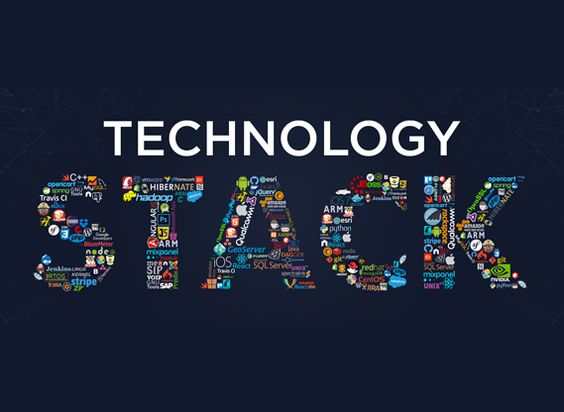I. Introduction
In the world of web development, a web development stack refers to a combination of technologies, frameworks, and tools used to build a web application. Choosing the right web development stack is a critical decision that significantly impacts the success and performance of your project. In this article, we will guide you through the process of selecting the perfect web development stack for your specific needs. We will discuss the key factors to consider and explore the various components of a web development stack.
II. Understanding the Components of a Web Development Stack
Before diving into the decision-making process, let’s understand the different components that make up a web development stack. At a high level, a typical web development stack consists of front-end technologies, back-end technologies, database management systems, and the server environment. These components work together to create a fully functional web application.
III. Assessing Project Requirements and Goals
The first step in choosing the right web development stack is to assess your project’s specific requirements and goals. Consider the scope and size of your project, performance and scalability requirements, as well as any time and budget constraints. Understanding the features and functionality you need will help you determine the best technologies and frameworks for your project.
IV. Front-End Technologies: Making the User Interface
Front-end technologies are responsible for creating the user interface and user experience of your web application. They include HTML, CSS, and JavaScript, which form the backbone of web development. Additionally, front-end frameworks like React, Angular, and Vue.js can significantly streamline the development process and enhance the user experience.
V. Back-End Technologies: Building the Logic
The back-end of a web application handles the logic and data processing. Server-side programming languages like Node.js, Python, and Ruby are commonly used for back-end development. Back-end frameworks such as Express, Django, and Ruby on Rails provide a structured and efficient way to build robust back-end systems.
VI. Database Management Systems: Storing and Retrieving Data
The choice of the right database management system is crucial for efficiently storing and retrieving data. There are two main types of databases: SQL (relational databases) and NoSQL (non-relational databases). Each has its strengths and weaknesses, and the decision depends on the specific requirements of your application and the type of data you need to manage.
VII. Balancing Performance and Scalability
Performance and scalability are critical considerations, especially for web applications expecting high traffic. Implementing caching mechanisms and load balancing techniques can significantly improve performance. Additionally, cloud services offer scalability options that allow your application to handle increasing user demands.
VIII. Security Considerations in the Web Development Stack
Security is of utmost importance in web development. Understanding common security vulnerabilities and implementing measures such as authentication, authorization, and data encryption is essential to safeguard your application and its users’ data.
IX. Frameworks and Libraries: Streamlining Development
Frameworks and libraries can greatly accelerate development by providing pre-built functionalities and standardizing the coding process. However, it’s essential to carefully evaluate the pros and cons of using specific frameworks to ensure they align with your project requirements.
X. Evaluating Development Community and Support
The development community surrounding a particular technology or framework plays a crucial role in its success and longevity. Actively maintained projects with a thriving community are more likely to receive timely updates, bug fixes, and support.
XI. Real-World Examples of Web Development Stacks
Looking at real-world examples of successful web development stacks can provide valuable insights. We’ll explore case studies of different web development stacks, learn from their successes, and understand common pitfalls to avoid.
XII. Conclusion
In conclusion, choosing the right web development stack is a pivotal decision that significantly impacts the success of your web application. By assessing your project requirements, understanding the components of a web development stack, and evaluating factors such as performance, scalability, security, and community support, you can make an informed decision. Keep in mind that the web development landscape is continuously evolving, so flexibility for future growth and adaptation is equally crucial. With careful consideration and research, you can confidently select the perfect web development stack for your project and lay a strong foundation for its success.





